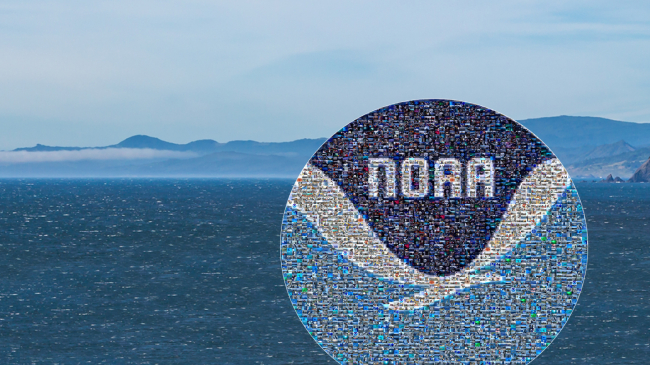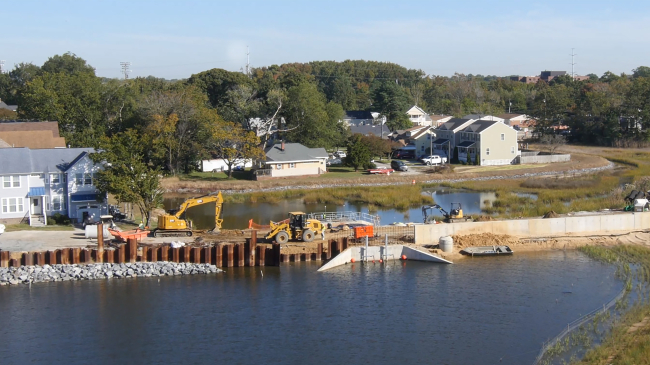Inflation Reduction Act will support NOAA, partner research to advance long-range projections of tropical storms, heat waves, ocean changes

One of the funded Climate Futures projects will enhance our understanding of how extreme snow loads and rain-on-snow events evolve in a changing climate in the contiguous United States. (Image credit: Lya Cattel)
Today, the Department of Commerce and NOAA announced $7.2 million in funding to external partners and NOAA collaborators to improve climate projections that will help communities, businesses and industries better plan for the future. The projects aim to produce climate projections multiple years and decades in advance to help communities take actions to reduce damage and losses from future weather and climate extremes.
“NOAA has a long history of expert weather and climate forecasting,” said U.S Secretary of Commerce Gina Raimondo. “This new set of projects, which were made possible by funding from President Biden’s Investing in America agenda and the Inflation Reduction Act, are designed to significantly advance the quality and breadth of products NOAA provides to better prepare the nation, our communities and industries for the impacts of climate change in future years and decades.”
The funding will support 13 projects to advance projections of tropical cyclones, heat extremes, precipitation and global weather and climate drivers such El Nino-Southern Oscillation (ENSO) and the Atlantic Meridional Overturning Circulation (AMOC).
Researchers will use climate model to project future extremes
The initiative, Climate Futures: Projections for Societally-Relevant Problems, will be managed by the NOAA Climate Program Office’s Modeling, Analysis, Predictions and Projections Program. A key aspect of the initiative will be to test the quality of the information produced by NOAA’s Geophysical Fluid Dynamics Laboratory’s climate model, called the Seamless System for Prediction and EArth System Research (SPEAR), to simulate near-term and future high-impact extreme climate events.
“The NOAA Geophysical Fluid Dynamics Lab has pioneered Earth System models from its founding in 1955,” said Sarah Kapnick, Ph.D., NOAA chief scientist. “The lab’s SPEAR climate model — the first high resolution model used for seamless prediction across seasonal to decadal timescales — will be used to create new products and services to help build the nation’s climate resilience.”
The 13 projects range in scope and focus and work together to improve climate projections that will help communities take proactive measures to reduce the impact of climate hazards. One project, a collaboration between Utah State University, University of Colorado Boulder, University of Nebraska-Lincoln, the Desert Research Institute and NOAA, will advance climate prediction of extreme flooding to help inform industry building codes recommended by the American Society of Civil Engineers. The research will also develop multi-decadal projections of the frequency of rain-on-snow events and annual peak snow loads for buildings. The goal is to assist engineers in cold climates with information to design buildings that prevent structural failures due to snow loads and rain-on-snow events.
Another research collaboration is between the National Center for Atmospheric Research, Pennsylvania State University and NOAA, and aims to develop multi-decadal projections for extratropical cyclones, which include blizzards and Nor’easters. Extratropical cyclones are the most common drivers of weather extremes in the mid- and high-latitude regions of the United States. These storms draw energy from the interaction of cold and warm air masses. There remain significant uncertainties in how climate change is affecting these cyclones and how their impacts, such as heavy rain, snow and strong winds, are changing and will change in the future.
For more information on the 13 funded projects, here is the full list of the projects. offsite link
Please visit NOAA’s Inflation Reduction Act website to learn about current and future funding opportunities.
Media contact
Monica Allen, monica.allen@noaa.gov, (202) 379-6693



